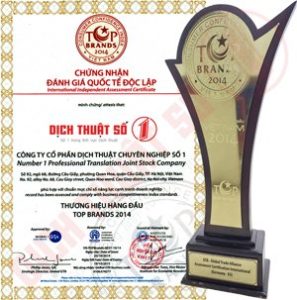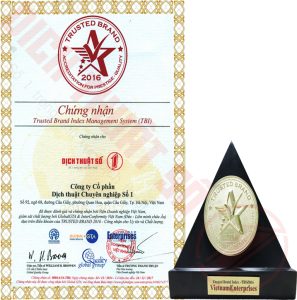Translation is a complex process that requires the translator not only to have a solid knowledge of both languages, but also to have grammar skills and meticulousness in every step. Here is a step-by-step guide to translate vietnamese to english accurately and grammatically correct.
Step 1: Analyze the Original Text
- Reading Comprehension: Read the entire source text to get a clear understanding of the content, context, and main meaning. This will help you understand the message the author is trying to convey.
- Determine Style and Tone: Determine the writing style (formal, informal, technical, etc.) and tone of the text to maintain consistency in the translation.
- Note on Difficult Words and Terms: Make a note of difficult words, technical terms, or phrases that require further study to ensure accurate translation.
>>> See more: Vietnamese Translation into 100+ International Languages

Step 2: Plan Your Translation
- Split Text: Break text into small paragraphs or sentences for easier processing and to avoid missing information.
- Building a Glossary: Create a glossary for special words and phrases, ensuring consistency throughout the translation.
Step 3: Perform Translation
- Rough Translation: Start translating paragraphs or sentences according to the structure of the source language. Don't worry too much about grammar and style at this step, focus on accurately translating the meaning.
- Grammar Correction: After rough translation, proceed to edit grammar and sentence structure to suit English. Make sure to use correct tense, pronouns, and sentence structure.
- Check Consistency: Make sure terms and expressions are used consistently throughout the text.

Step 4: Edit and Finalize the Translation
- Proofread and Edit: Reread the entire translation to detect and correct grammar, spelling, and other minor errors.
- Ensuring Coherence: Double check to make sure the translated text is coherent and easy to understand, without being disjointed or confusing.
- Compare With Original: Compare the translation with the original to ensure that no information is missed and the meaning is conveyed accurately.
>>> See more: The Importance of Correct Translation in English Grammar
Step 5: Testing and Quality Assurance
- Last Check: Once again, re-read the entire translated text to make sure there are no errors left behind.
- Using Support Tools: Use grammar and spelling checkers to help detect minor errors.
- Have Someone Read It Again: If possible, have someone else with experience read the translation for feedback and final edits.

The Benefits of Correct Translation
- Ensuring Accuracy: Helps convey messages accurately, avoiding misunderstandings.
- Enhance Credibility: A grammatically correct translation demonstrates professionalism and enhances the reputation of both the translator and the client.
- Improve Communication Effectiveness: Helps improve understanding and cooperation between parties.
- Minimize Legal Risk: Especially important in fields such as legal and medical, where small mistakes can have big consequences.When Should You Use Translation Proofreading Services?
>>> See more: Challenges When Translating Vietnamese to English and How to Overcome Them









